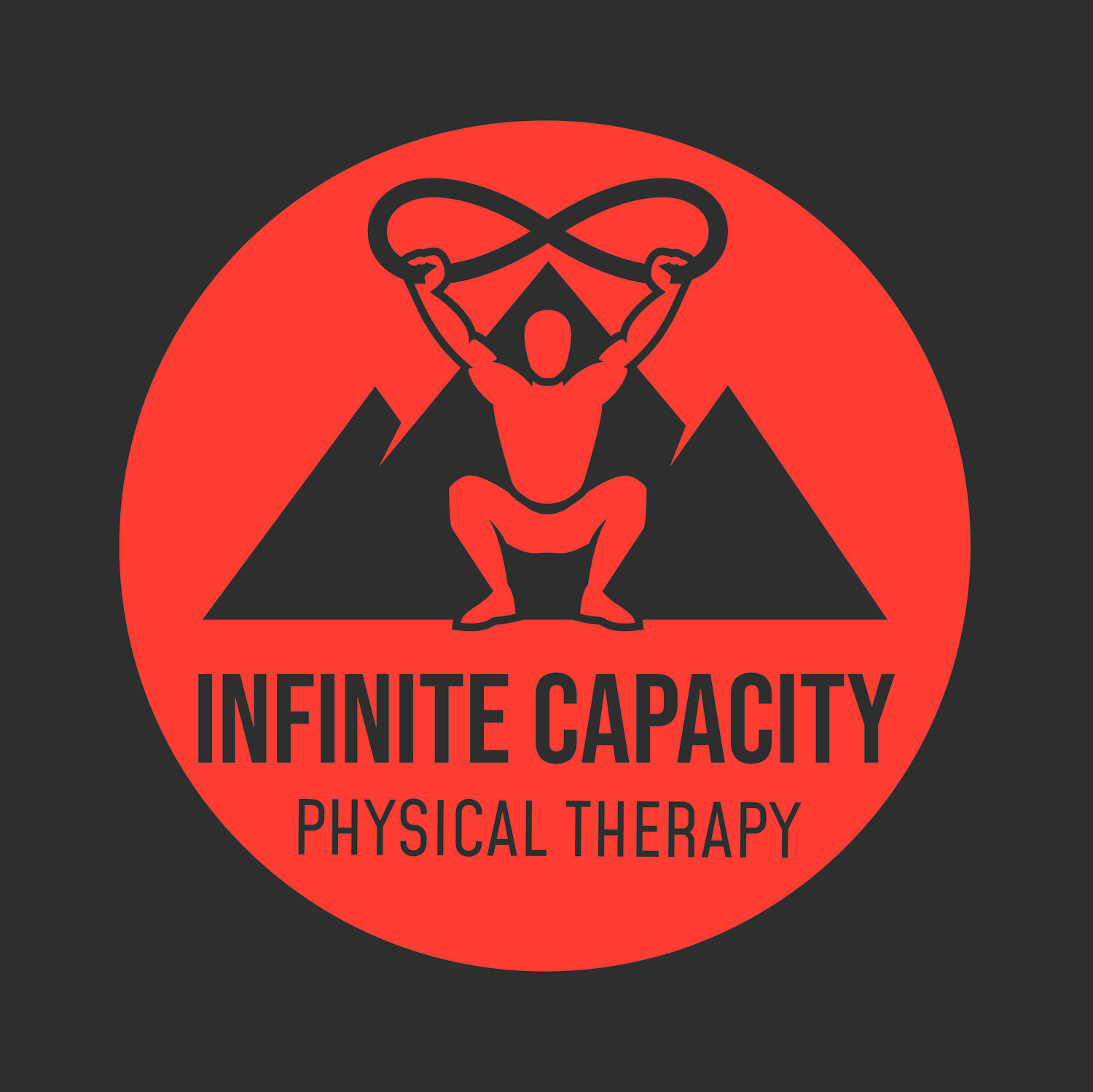Why Active Recovery Days Matter More Than You Think
Your Guide to Smarter Rest and Long-Term Gains in Functional Fitness
If you train at a CrossFit gym in the Portland, Maine area you probably know the grind: strength cycles, skill work, and WODs that leave you flat on the floor by Friday.
But what if we told you that your rest days might be the most important part of your training?
At Infinite Capacity Physical Therapy, we specialize in working with functional fitness athletes aged 30–60 — and we’re here to say: active recovery isn't just a nice idea — it's a performance essential.
Let’s break down what active recovery is, why it matters, and how to do it right.
What Is Active Recovery?
Active recovery means moving intentionally on your rest days — not maxing out, not going all out — but still moving.
Examples include:
Walking the Eastern Promenade Trail
Easy rowing or biking for 20–30 minutes
Swimming at the Westbrook Community Center
Mobility sessions or yoga
Low-intensity skill work (e.g. PVC pipe technique practice)
The key is light movement that promotes circulation without creating additional fatigue.
Why Is Active Recovery So Important for Functional Fitness Athletes?
Especially if you’re over 30 and doing high-intensity training like CrossFit, recovery is your secret weapon.
Here’s what the science — and our clinical experience with Portland athletes — shows:
1. It Speeds Up Recovery
Movement increases blood flow, which helps flush out waste products and deliver nutrients to tired muscles. This means less soreness and faster bounce-back after hard workouts.
2. It Improves Mobility
We see this all the time in our clinic — athletes who purposefully move on their rest days often have better hip, shoulder, and ankle mobility. Over time, this leads to better positioning in lifts and gymnastics.
3. It Prevents Overtraining
Active recovery allows your body to heal while still feeding your training habit. It’s mentally satisfying and physically restorative — the perfect combination to reduce injury risk.
🧠 Fun fact: We’ve helped dozens of local CrossFit athletes reduce nagging pain just by adjusting their recovery approach.
Common Mistakes We See (And How to Fix Them)
As Portland-area physical therapists, we often meet athletes who say they “rest” — but here’s what that really looks like:
“Resting” by doing a 60-minute metcon at 70%
Taking a complete day off and sitting at work all day
“Stretching” for 3 minutes post-WOD and calling it recovery
Instead, we recommend:
✅ 30–45 minutes of low-intensity movement
✅ Dedicated individualized specific mobility work (foam rolling, banded stretches)
✅ Breathwork or meditation sessions
Want guidance? We offer customized recovery and mobility plans for Portland-based athletes.
Ready to Train Smarter, Not Harder?
If you're in Portland, South Portland, or nearby towns and want help building a better training + recovery routine, we’re here to guide you.
At Infinite Capacity Physical Therapy, we offer:
Mobility and recovery assessments
Customized exercise programs for injury prevention
Hands-on therapy to keep you pain-free and in the gym
📍 Conveniently located in Portland, ME
Let’s keep you feeling your best — so you can keep showing up, pain-free and powerful.
